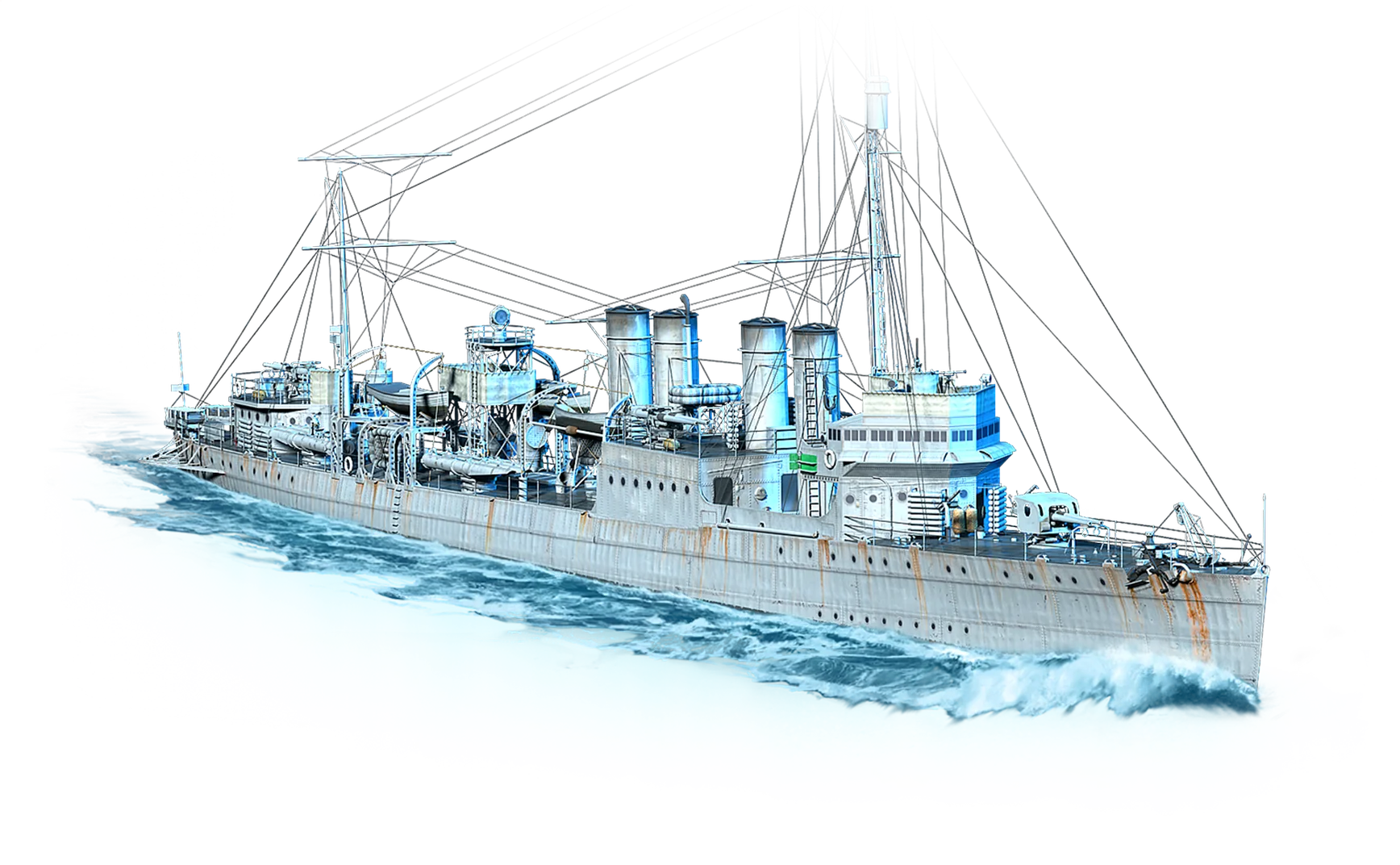Do you like the Ship Page updates?We need your opinion – are these changes we've made to these pages an improvement?
Want to hide ads?
Become a Supporting Member
Become a Supporting Member
Tech Tree
American DestroyersII Wickes
III Clemson
IV Farragut
V Mahan
VI Benson
VII Fletcher
VIII A. M. Sumner
Overview
Jump to
11Builds Submitted
3Reviews Submitted
11Records Submitted
Aug 2020Added to WoWS Builds
Introduction
In the annals of naval history, the Clemson-class destroyers hold a significant place as they represent the evolution of American naval design and firepower during the post-World War I era. Derived from its predecessors, the Clemson-class ships were part of an ambitious program to b...
Clemson Stats
Survivability
Armament
Air Defense
Maneuverability
Detectability
Clemson Records
damage176726
TBulls Ghost
Oct 2024damage149426
RoaringDwarf145
Jun 2024damage148522
OLI 777
May 2022damage143885
ZSilent0ne
Mar 2022damage141610
Assassassin187
Jul 2021base_xp3374
TBulls Ghost
Oct 2024base_xp3298
Invasiverogue50
Mar 2022base_xp3209
IK_Saxman
Jan 2024base_xp3209
IK_Saxman
Jan 2024base_xp2596
Artifex 28
Aug 2021Clemson Reviews
Power4.00
Fun4.33
Learning Curve4.00
Skill Ceiling3.00
Utility4.67
BriscFamily5
Power4
Fun5
Learning Curve5
Skill Ceiling3
Utility5
Construct100
Power3
Fun3
Learning Curve4
Skill Ceiling3
Utility4
StellaDog
Power5
Fun5
Learning Curve3
Skill Ceiling3
Utility5
Peer Comparison
Tier III DestroyersClemson Builds
Community submitted commander builds9
Clemson (Scout)RedWineLover17
Dec 20202
FrankenClemson T3 Rankedtonik_tzw
Feb 20221
First buildFinn201020
Jan 20231
Torpedo Build ClemsonStygian_Darkstar
Feb 20221
Gun boat ClemsonFighter9564
Mar 20221
Scout ClemsonBlueLeader135
Apr 20221
a good chance not to be deleted so fastMccarthysteven42
Oct 20201
Seal clubbing ClemsonFighter9564
Mar 20221
big boi clemsonwillburger6881
May 20241
GunsCouch_Potato5421
Jan 2023Clemson Consumables
Slot 1
Damage Control Party
- Charges
- ∞
- Cooldown
- 40 s
- Duration
- 5 s
Slot 2
Smoke Generator
- Charges
- 2
- Cooldown
- 240 s
- Duration
- 24 s
- Dispersion Time
- 112.0 s
Slot 3
Engine Boost
- Charges
- 2
- Cooldown
- 180 s
- Duration
- 120 s
- Speed Boost
- 8%
Want to hide ads?
Become a Supporting Member
Become a Supporting Member
Want to hide ads?
Become a Supporting Member
Become a Supporting Member
